DR (Dynamic Range) is one of the most crucial factors regarding image quality and capabilities of cinema cameras. High DR indicates high sensor’ technology and the camera’s abilities. However, there is no secret that cinema cameras manufacturers are taking advantages by showing the “Gravy Stops” and not the real “Paycheck Stops.” What does it mean? Read below.
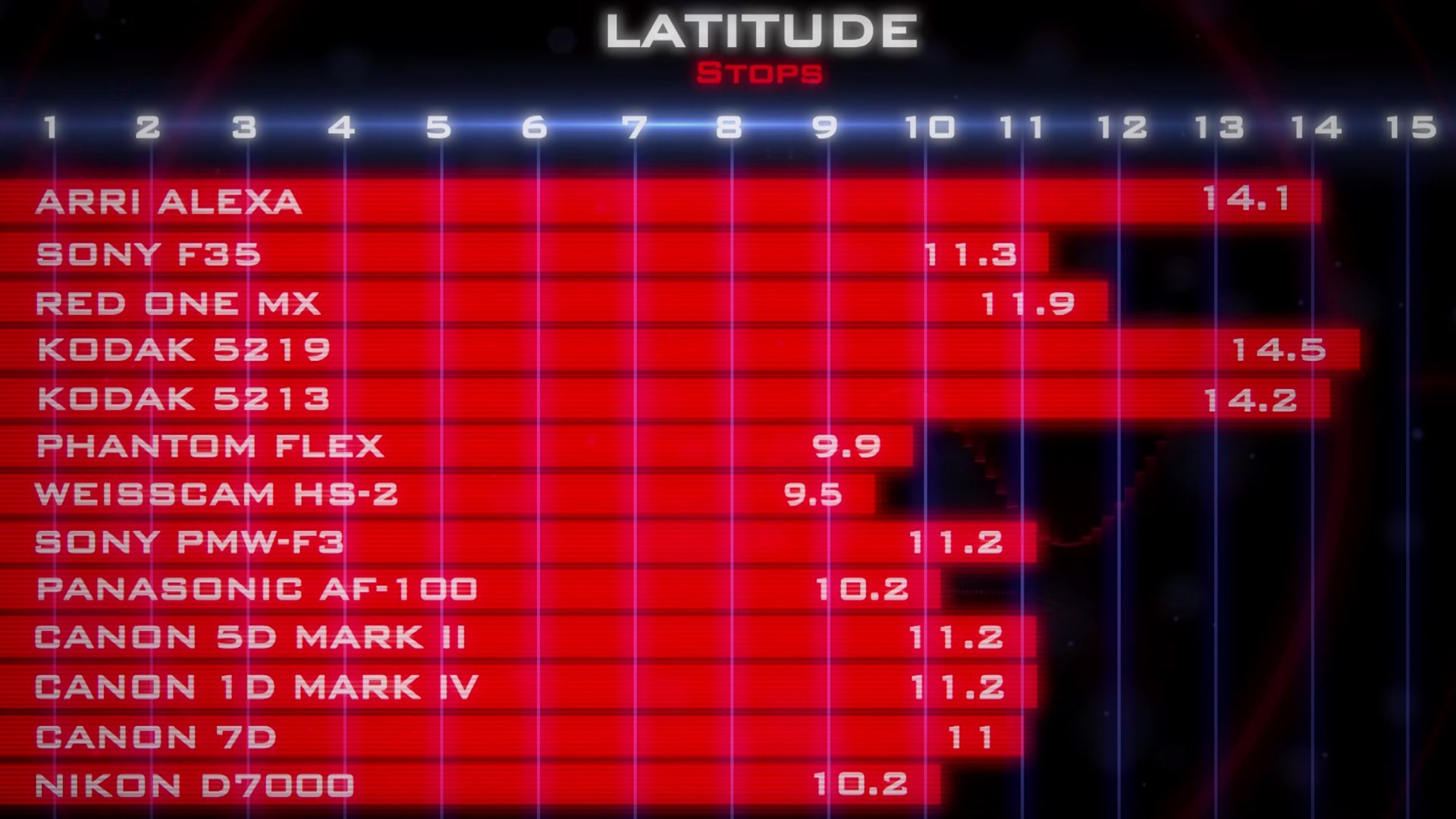
Dynamic Range as an essential parameter in the camera’s tech spec
The Dynamic Range (DR) number is one of the first parameters is the table that describes the technological highlights of a cinema camera. DR defines as the difference (proportion) between the darkest object a camera can photograph and the lightest. There is more than one definition for DR, but practically speaking, it indicates how much details you can see in the dark and how much in the light, all together.
DR defines as the difference (proportion) between the darkest object a camera can photograph and the lightest.
There is no unified methodology to examine and measure the DR of a camera. However, there are some common concepts like the DSC Labs charts, which allow cinematographers to produce scopes. Those waveforms and vectorscopes can assist in examining the camera performance from the deepest white to jet black.
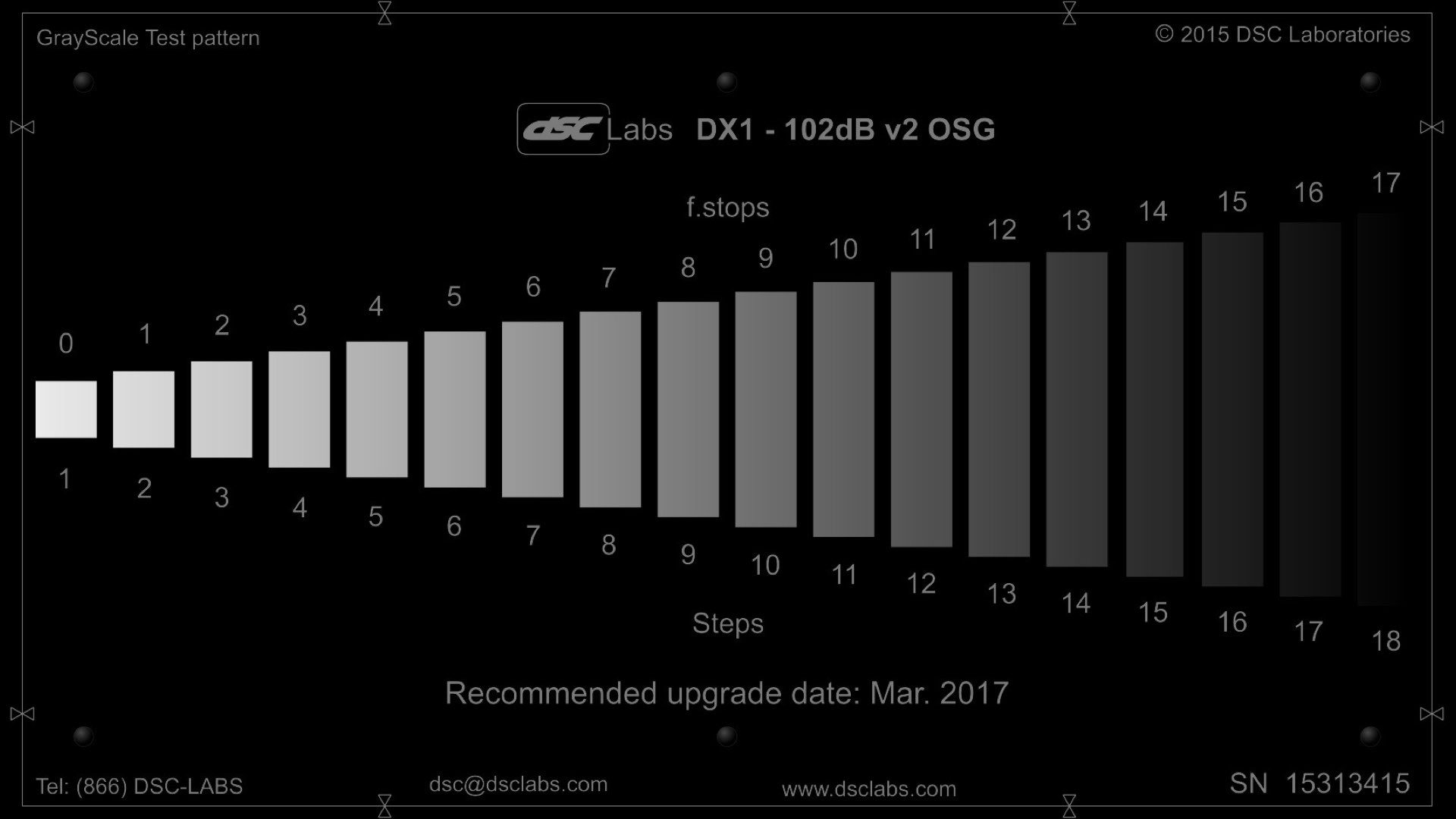
Each of the steps is one-stop denser than the one before. That allows us to look at the image of the chart on a monitor, and explore the DR of the camera with its current settings.
There is also the ARRI Dynamic Range Test Chart DRTC which has been used in The Great Camera Shootout 2011: Episode 1.
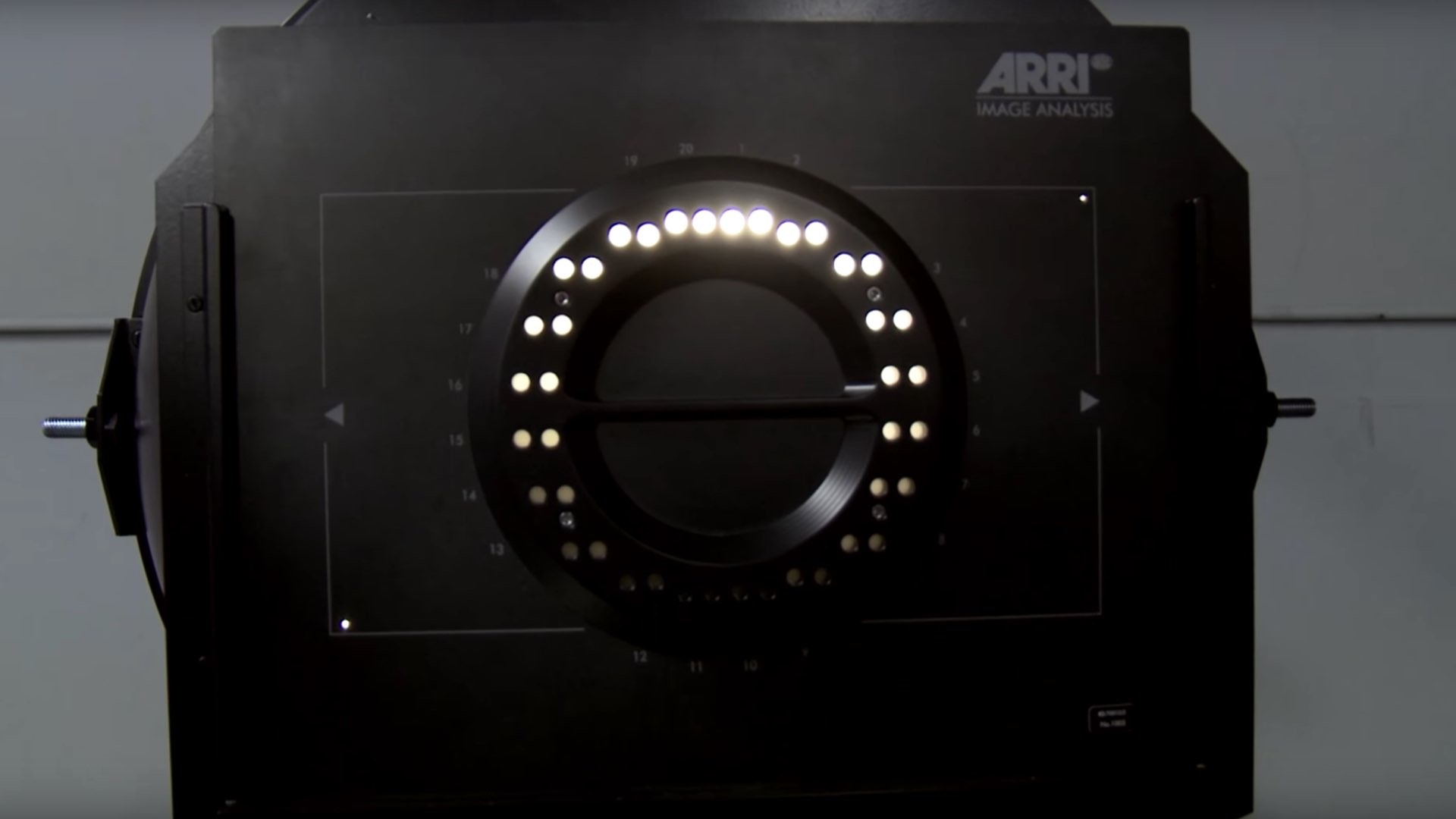
I recommend every filmmaker to go and watch this extraordinary educating series from 2011. However, every manufacturer does its testing, which means that the DR factor can’t be comparable between cameras from different manufacturers.
DR in the digital age: The number hasn’t stopped growing
In the digital age, it seems that the DR value hasn’t stopped growing. Cameras companies are presenting high DR values just because they can. As written above, every camera company has its tests and measurements methodologies regarding DR, which leads to whopping values like 16 stops and beyond. In spite of that, there are camera manufacturers like ARRI, for example, that have other standards of DR examinations.
You could also call gravy stops “Marketing Stops.” In a lab, you can see them. In the field, there’s nothing useful there. There’s a difference between what an engineer finds useful and what a DP finds useful
Art Adams, Cinema Lens Specialist at ARRI
RED: 17 Stops. ARRI: 14 stops
I had an educating chat on Reddit Cinematography forum, with Art Adams, which works at ARRI’s as a Cinema Lens Specialist, regarding the “low” values of DR in ARRI modern cameras. We are all well familiar with ARRI’s beautiful imagery and precise skin tones, however, according to ARRI, the DR of its camera are much lower than RED for instance (14 stops vs. 17 stops). According to Art, most camera manufacturers use the DSC Labs’ charts to test DR because it makes their dynamic range numbers look better. However, Art emphasizes that ARRI’s methodologies are a bit different. “I used to do a lot of consulting with DSC Labs, who make camera test charts, so I own a 20-stop dynamic range chart (DSC Labs Xyla)” Art says. “This is what most manufacturers use to test dynamic range (although not ARRI, because our engineers don’t feel it’s precise enough) and I see what companies claim as usable stops. You can see that they are just barely above the noise floor”.
Dynamic range estimates are often wildly optimistic
Art Adams, Cinema Lens Specialist at ARRI
“Paycheck Stops” vs. “Gravy Stops”
Art sheds some light about an engaging way on how DR can be defined and interpreted:
“Dynamic range estimates are often wildly optimistic. There’s a difference between what I call “Paycheck Stops” and “Gravy Stops.” “Paycheck stops” are the stops that will show up in the final image. They are what you can count on to keep your paychecks coming in. “Gravy stops” are the ones at the very bottom of the scale where detail might be visible, but if it is, it’s gravy. You wouldn’t put crucial detail down there. They are nice to have, but if you lose that detail in the post process, you’ll keep your job”.
Gravy Stops = Marketing Stops
Art says that a lot of companies include gravy stops in their dynamic range estimates. “Yes, you can technically see detail down there, but after a color grade, they’ll be crushed to black”.
You could also call gravy stops “Marketing Stops.” In a lab, you can see them. In the field, there’s nothing useful there. There’s a difference between what an engineer finds useful and what a DP finds useful. I’ve also done a lot of testing on this stuff (in my previous career as a freelance DP), and I own a 20-stop dynamic range chart. I can say, based on experience, that some companies are more realistic about dynamic range than others.”
Final thoughts
Cameras companies need to be honest with consumers, especially regarding the DR values. As cinematographers, we only care about those stops that can be graded and exported with the final image. Until there are unified standards for measuring and defining DR values, it’s recommended to take this number with a grain of salt.
Meanwhile, find the comparison chart below which demonstrates different cinema cameras companies and their DR values as defined by the manufacturers. Which are Paycheck Stops, and which are Gravy Stops?
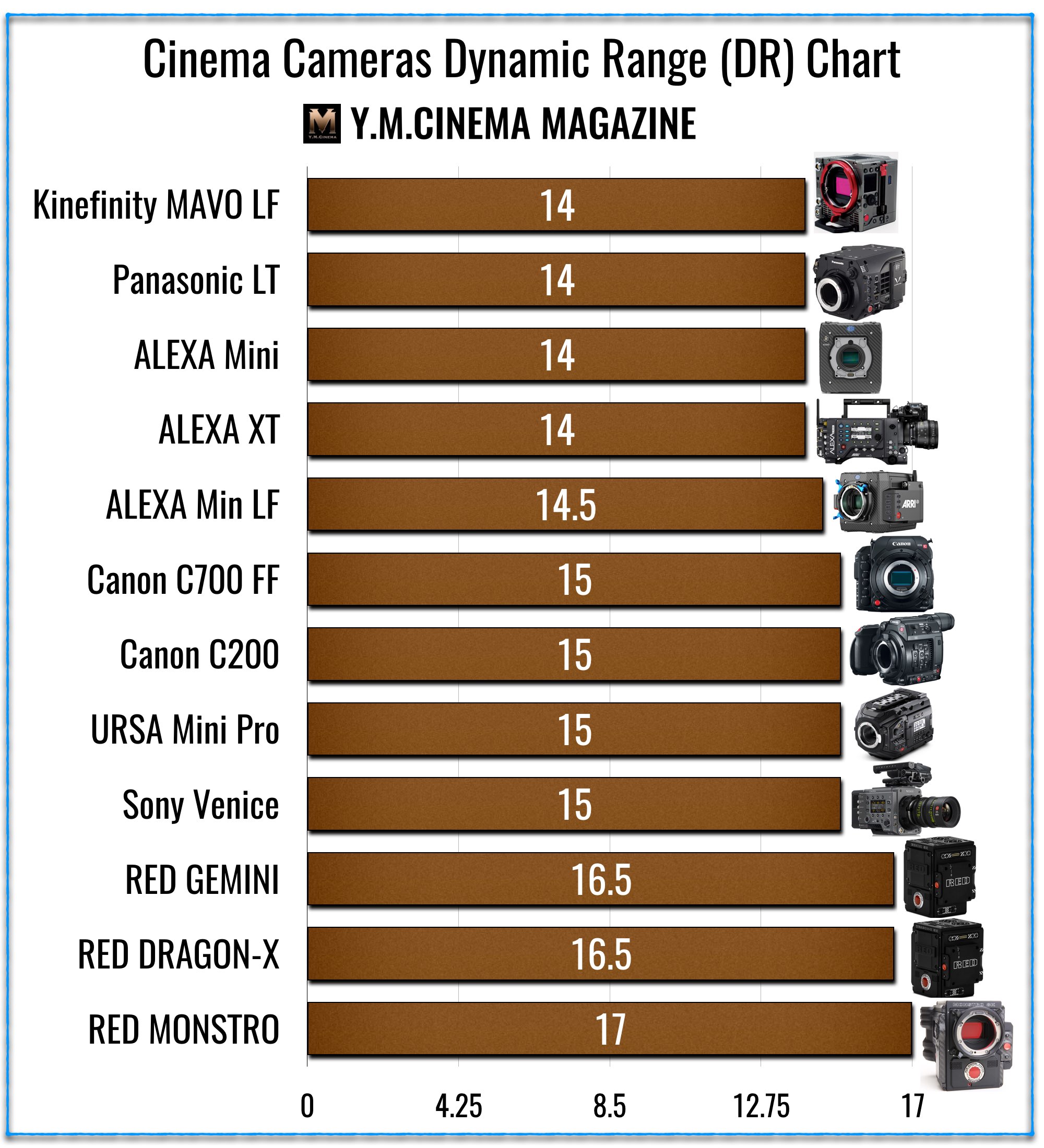


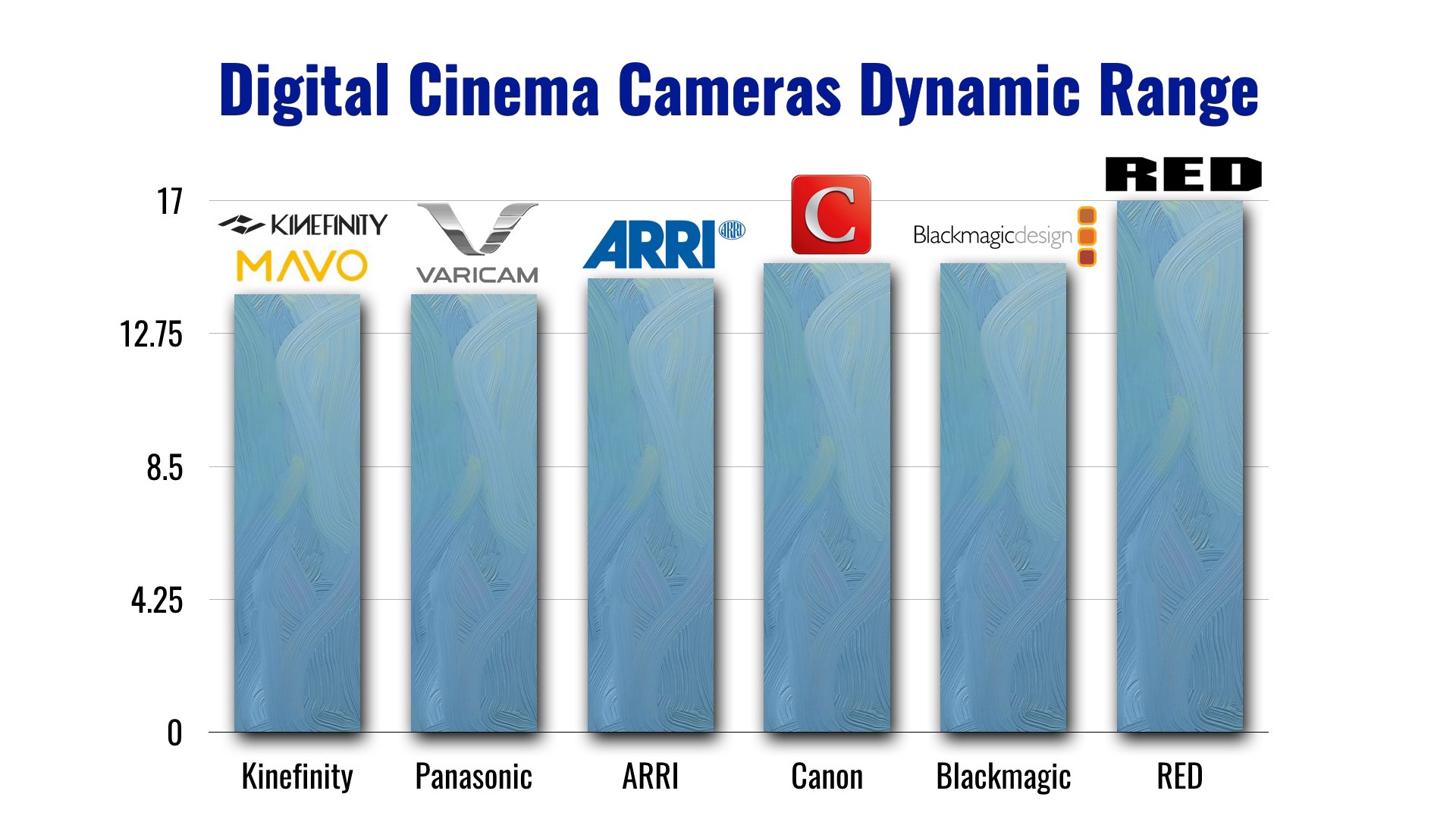


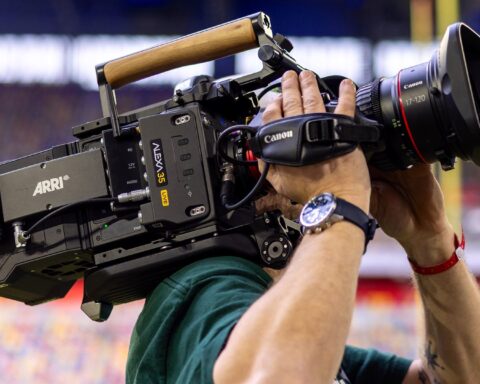




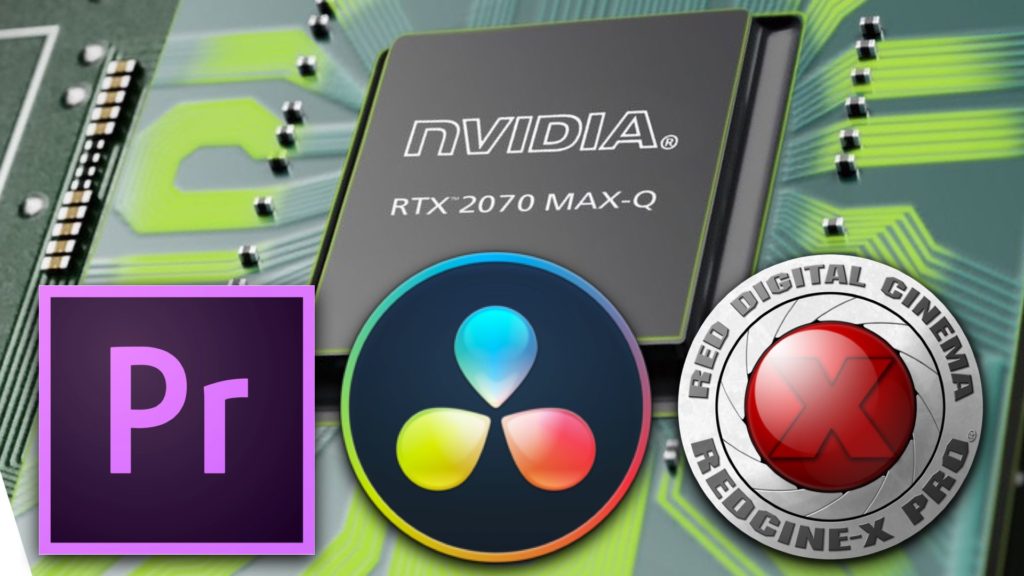
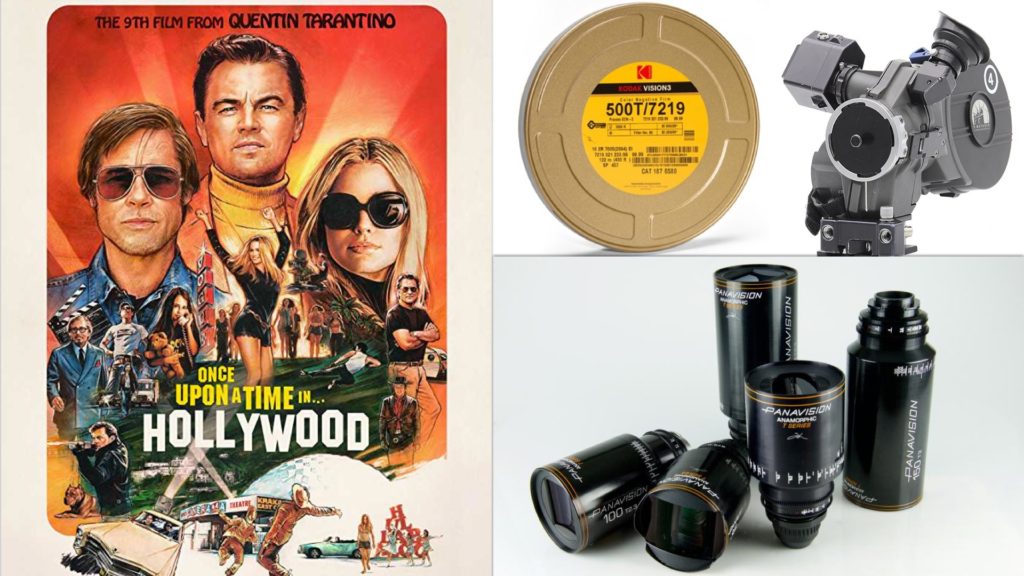





Light correctly. Throw out your dynamic range charts. I think any Gaffer worth their salt would agree.
Storytelling is infinitely more important than dynamic range. Let’s not keep putting the cart before the horse and pin the success of our careers on whatever camera manufacturers are giving us. They don’t decide. Your audience does.
This is why I never use the Xyla chart for cmltests.net a mono image doesn’t show where there are colour changes with exposure or where the skin goes weird or how noisy the image is or many other things.
Most figures are pure fiction, some more than others.
It’s a lot like measuring someone’s weight using the BMI system. It’s a gross measurement, it doesn’t really speak to the reality of one’s body composition. A body builder is considered “Morbidly Obese” under the BMI system.
Equally, measuring stops of light in grayscale is too gross of a measurement to get anything practical out of it. Nail your skin tones, light or flag the rest from that base. Don’t push your sensor past it’s breaking point. This was practiced in even the heavy film days.
Come on people. We don’t need more lazy filmmakers. Filmmaking has always been about adapting to each scene as it presents itself and getting the shot nailed.
Usable dynamic range is a subjective thing. Do the skintones look good? How many stops of under / overexposure does the image handle without skewing colors, especially skin tones? That’s the thing where Arri’s Alev sensors are pretty much unbeatable. You -don’t- have to nail the exposure perfectly, it still works. Perfect exposure yields the best results naturally, but with an Alexa/Amira you get leeway in post. Reds or Sonys are by no means bad, but just not quite Arri level imo. Blackmagic provides amazing value with their cameras and Z-Cam is very interesting new and compact rival (with very arri-like color science).
Red Monstro vs Arri Alexa Mini – Dynamic Range Test – Downloadable Raw Files
https://www.youtube.com/watch?v=4FxVnChsm3o
First, as mentioned earlier, measuring DR across a monochrome scale with whichever test card you choose is only part of the measure of image fidelity. Second, we need to know if the cameras are using a camera RAW workflow, or a traditional RGB workflow (after de-Bayering). For RAW workflows some manufacturers use uncompressed image sensor data, such as ARRI-RAW, where others use some form of compression, such as REDCODE RAW, which I understand uses a 4 channel variant of JPEG-2000 wavelet-based compression. (Someone please correct me if this is not the case). By quantizing the high frequency sub-bands in a wavelet compression workflow (REDCODE, CineForm/VC-5, etc.) one can reduce the effective pixel noise because the noise has very low correlation with the neighboring pixels, so the noise energy is mostly in the high-frequency sub-bands. This tends to make the dark areas in the image look cleaner by reducing the pixel noise. However, this is a trick, because you are also removing real image information at the same time. So while the measurement may indicate that the DR is as high as 17 stops, the actual sensor’s DR prior to quantization will be lower. Performing a true “apples to apples” comparison of the ARRI sensor to a RED sensor requires comparing the actual uncompressed sensor data without any image processing in between, except for some of the usual dead pixel mitigation and other stuff that everyone has in their camera ISP chain.
And what of dual-native ISO sensor’s like seen in Panasonic and Blackmagic’s recent cams? (I think Z-cam too?)
To be honest, I understand the importance to image quality DR offers, but at the end of the day, audiences don’t really care. We need to be more truthful and insightful about this. I understand that an artist would desire to use the best tools they can get their hands on but at what point do we give credit to the artist as opposed to credit to the tool?
I feel like it’s gotten to the point where we say, “Buy XYZ camera, be a professional”. And yet, anyone that’s had exposure to various top-line cameras know that this isn’t exactly true, is it? I’ve seen plenty of great films shot on the cameras in this article and I’ve also seen plenty of crap as well. Equally, I’ve seen great films shot on lessor cameras too. Cameras that barely pass 7 or 8 stops of effective DR.So what gives?
Measuring DR doesn’t really speak that much to the actual profession of filmmaking. Let’s be honest. The reason people engage in these tests pass gauging which camera works for a certain look and feel is to measure male private parts to see who’s is bigger and better at the end of the day. That’s called sports, not the visual arts.
Audiences want to relate to the tropes in your film. Conversely, there’s zero desire to relate to dynamic range. Having your shadows crushed and highlights blown will not stop anyone from watching a good story, and it shouldn’t if you’ve done it correctly.
I agree story and performances are king. A better film maker will always do better than a crappy film maker with a great camera. As well we always have to consider diminishing returns on any gear decision we make. I rarely get to play with really expensive cameras. I wish I did. However, saying audiences don’t care about DR is like saying audiences don’t care about a good looking film. Audiences might not notice focus breathing, or a little rolling shutter. They may not notice or care if a little background is blown out here and there. Heck they may not even be able to tell the difference between HD and 4K, but the more we say we do not care because they aren’t going to notice, the more all these things can add up to an inferior looking film which can strip the polish lessen the enjoyment and appreciation we otherwise might have had. We’ve probably all been in situations where we’re losing light and need to get that shot or the disparity between exposing for foreground and background is just too much without adding more light, ect. Having more DR, better ISO performance, better color science doesn’t make one a better story teller but it’s good to know you have more latitude to deal with problems and smooth out the bumps should you need it.